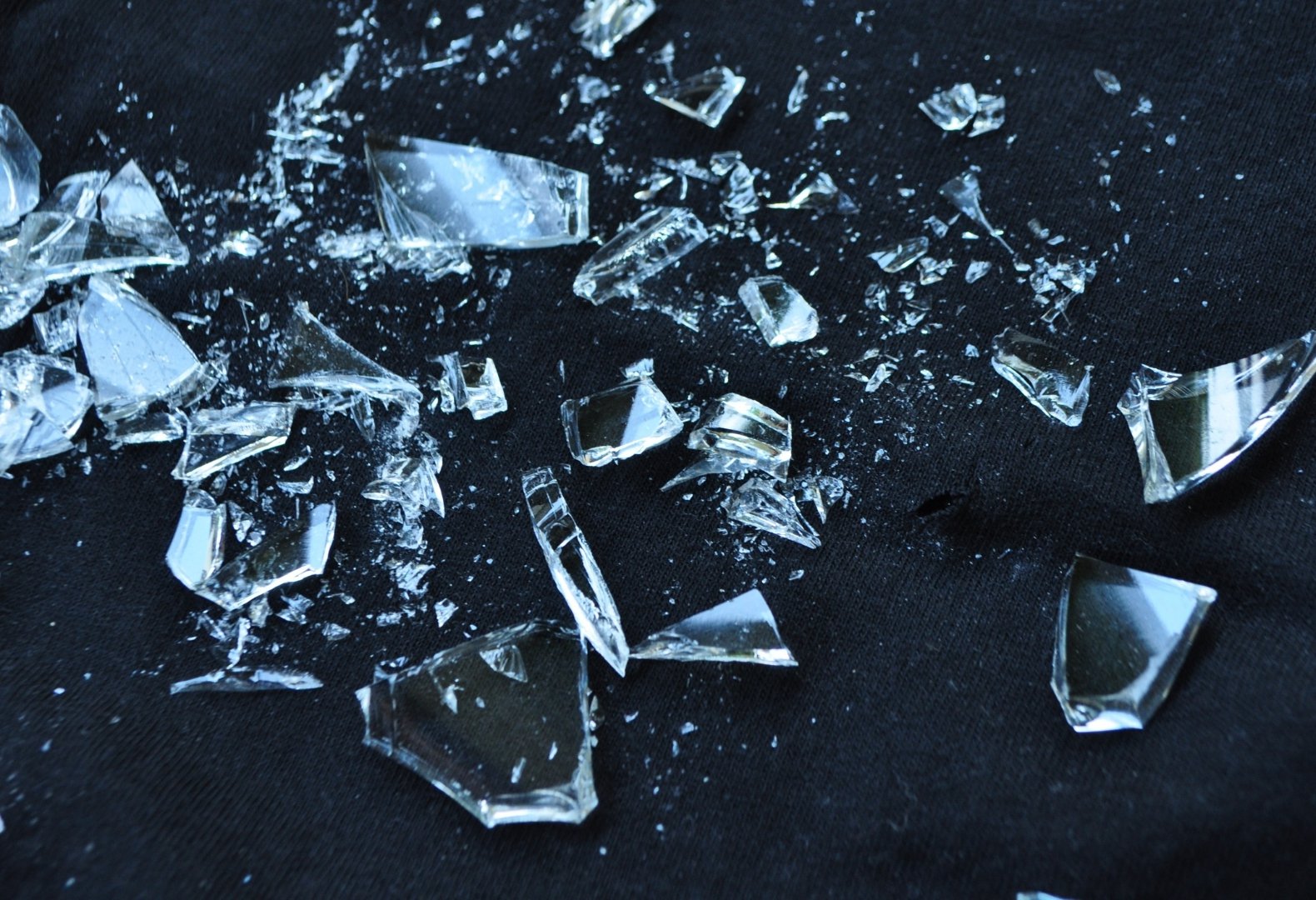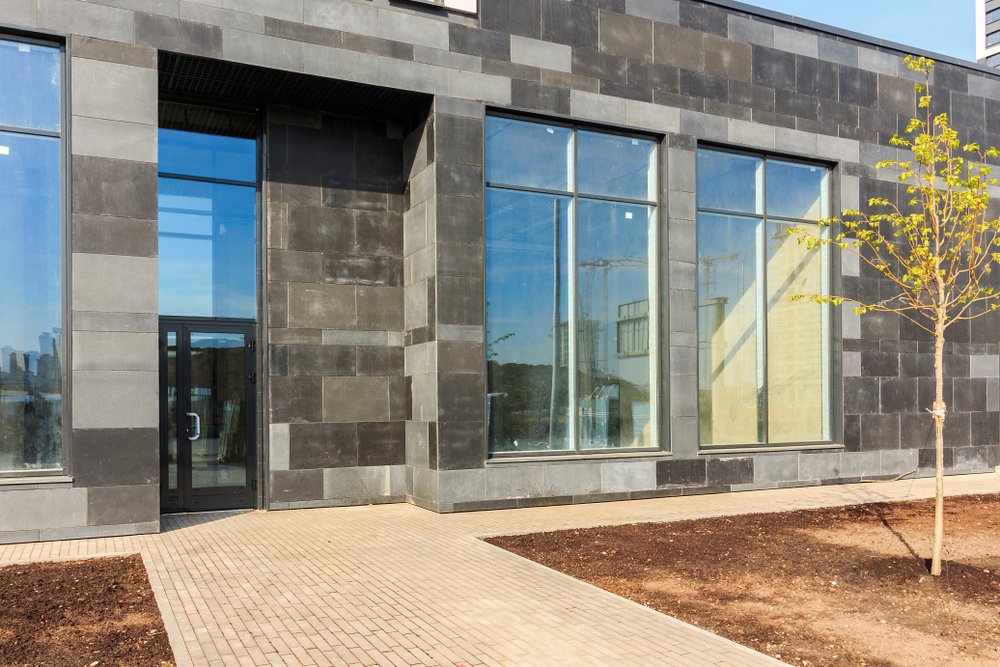When fall arrives, renovation projects often take center stage. Cooler weather creates the perfect opportunity to replace windows before winter sets in, ensuring homes and buildings stay warm and energy efficient. But renovation season also comes with a critical question: what happens to all those old sealed glass units that are removed? Turning these into recycled glass is a smarter, more sustainable choice, and it’s an option that benefits both the environment and the businesses involved. Recycling old glass units keeps waste out of landfills and reduces the demand for raw materials, making it a practice that aligns with both eco-friendly goals and long-term industry progress.
Why Recycling Glass Matters During Renovations
Every renovation project has the potential to generate a large amount of construction waste. Old frames, damaged panes, and outdated sealed units all need to be removed before new windows can be installed. Traditional disposal methods often send these materials directly to landfills, where glass takes centuries to break down. Choosing recycled glass instead shifts the outcome. Old units can be processed, separated, and repurposed into new materials, conserving resources and minimizing waste.
Fall is especially significant for recycling efforts because it’s one of the busiest times for window replacements. As homeowners and property managers prepare for cold weather, the number of old units being pulled out of service increases. That creates a unique opportunity to emphasize the value of recycling glass at scale, making the process part of the seasonal renovation cycle.
The Benefits of Using Recycled Glass
The environmental advantages of recycling are clear, but the benefits extend further. Recycled glass reduces energy use in production, since melting down used glass requires less energy than creating glass from raw materials. This efficiency also lowers greenhouse gas emissions, which supports broader sustainability initiatives across the industry.

From a business perspective, recycled glass offers another advantage: it allows companies to highlight environmentally responsible practices that resonate with today’s market. Many clients and partners want to know that their projects are contributing positively to sustainability goals. Highlighting recycled glass as part of the renovation process adds credibility and aligns with growing expectations for greener solutions.
Recycling Old Units: How It Works
When old sealed glass units are removed during renovations, they don’t have to be discarded as waste. Instead, the units are collected and processed. This often involves breaking down the sealed unit into its components (glass, spacers, sealants) and recycling the parts that can be repurposed. The glass itself is crushed and melted, then reused in new applications.
One challenge of recycling sealed units is separating the materials effectively. Advanced recycling methods have made it easier to maximize the amount of glass that can be reclaimed. As these technologies continue to improve, recycling will play an even larger role in shaping how the industry manages renovation waste.
The Seasonal Tie-In: Out with the Old, In with the New
Fall renovations embody the idea of clearing out the old and preparing for what’s next. Recycling old glass units fits perfectly into this seasonal mindset. Just as trees shed their leaves and prepare for renewal, renovation projects can clear out outdated glass while ensuring that materials find new life through recycling.
Making recycled glass part of the seasonal conversation also demonstrates foresight. Instead of allowing renovation waste to pile up, companies can show they’re thinking ahead by integrating recycling into their workflow. That type of forward-thinking approach reflects positively on both the work being done and the partnerships being built.
Recycled Glass in the Industry
Recycling glass is no longer viewed as an optional extra. Across the construction and renovation industries, it is increasingly becoming a standard practice. From large-scale commercial projects to residential upgrades, the push toward sustainable solutions is reshaping expectations. Recycled glass plays a major role in this shift, as it offers an efficient way to reduce waste while contributing to new, high-quality products.
For companies involved in manufacturing, recycling represents both responsibility and innovation. The ability to reuse materials not only reduces the environmental footprint but also creates opportunities to refine processes and improve efficiency. The industry as a whole benefits when recycled glass is prioritized during renovation cycles.

Moving Forward with Recycling Programs
As demand for energy-efficient windows and sealed units continues to rise, the volume of old units being replaced will only grow. Establishing strong recycling programs today ensures that the industry is prepared for this increase. Businesses that make recycling a standard part of their operations are setting themselves up for long-term success.
Fall is an ideal season to bring this conversation to the forefront. Renovations are happening at a steady pace, and contractors are focused on ensuring properties are ready for winter. Recycling can be positioned as a natural part of this process, aligning efficiency and environmental responsibility.
Partnering for a Sustainable Future
Renovation season is about more than replacing old units with newer, better-performing ones. It’s also about making choices that shape the future of the industry. Recycling old glass units offers clear environmental and business benefits, turning renovation waste into valuable resources. Companies that integrate recycling into their operations not only reduce their environmental footprint but also strengthen their reputation for quality and responsibility.
At Insul-Lite Manufacturing™, we’ve built recycling into our approach because we believe sustainability is essential to our industry’s future. With advanced processes and a commitment to quality, we ensure that both new and old glass units are managed responsibly. As renovations ramp up this fall, now is the time to align seasonal improvements with eco-friendly practices. Contact us today to learn how our products and recycling programs can support your next project.





